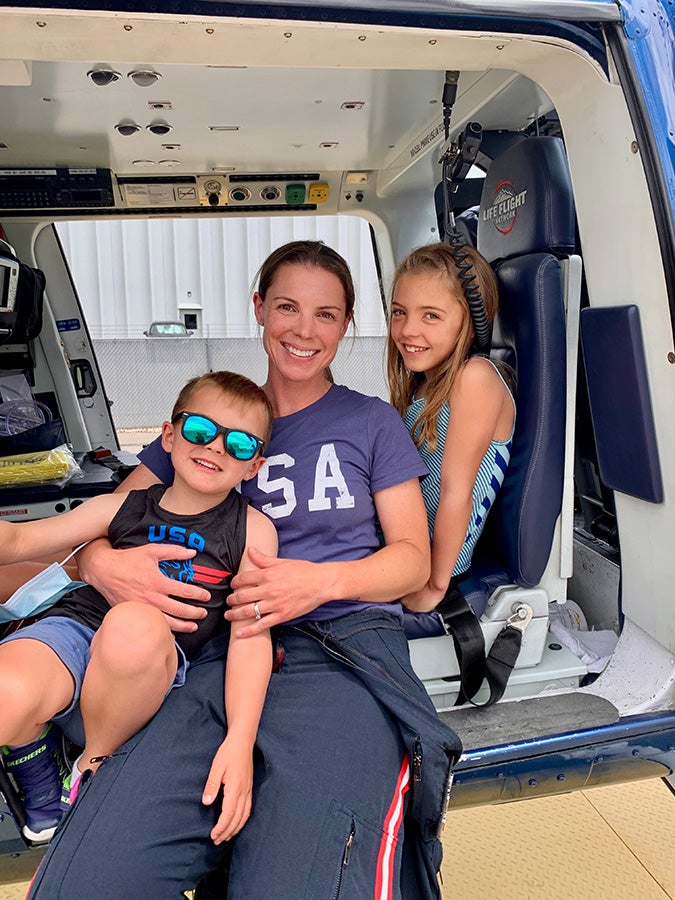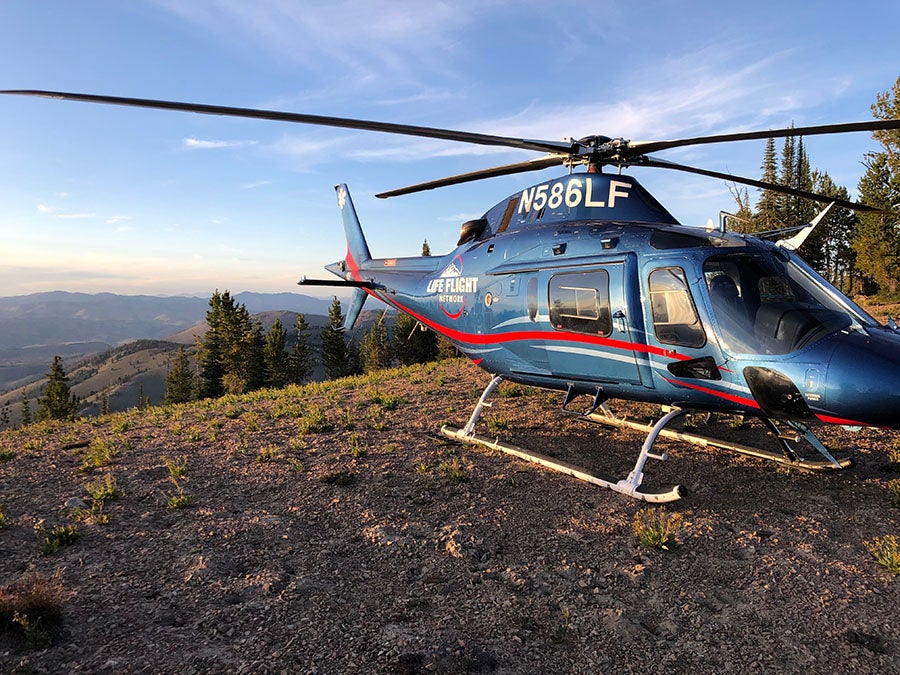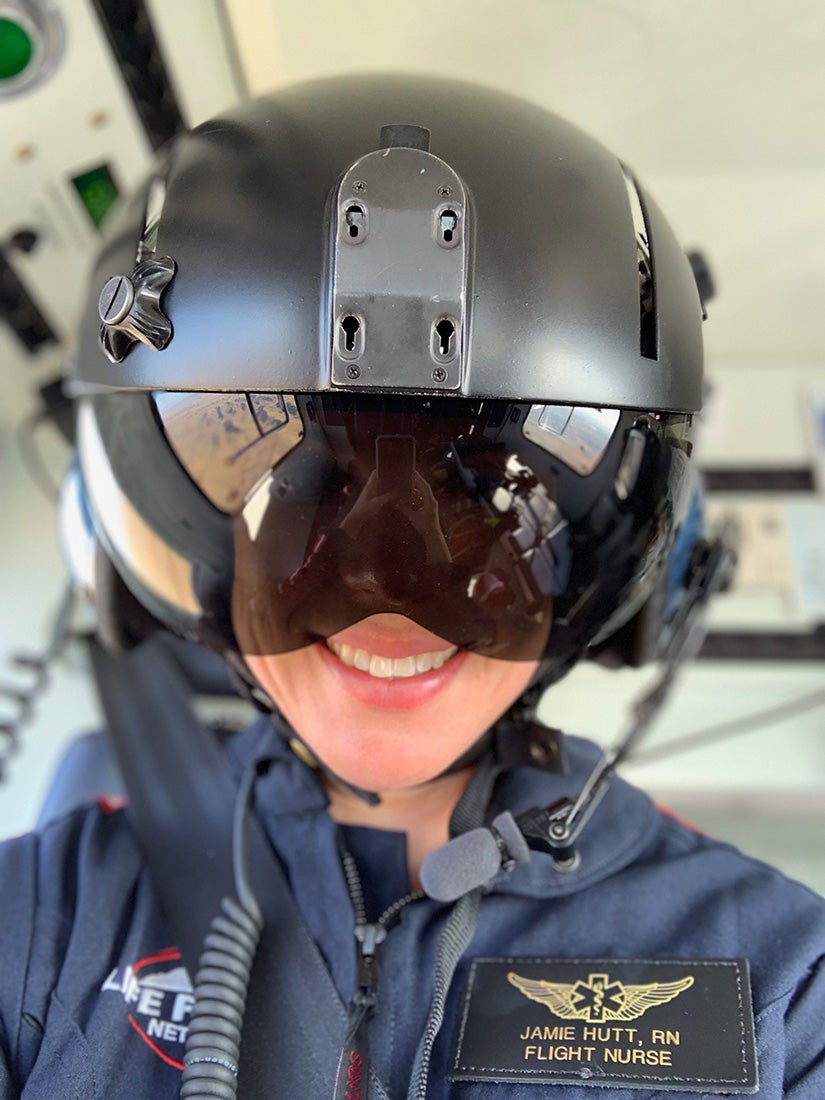Jamie Hutt always dreamed of being a Life Flight nurse. After seven years working in various intensive care units at St. Luke’s and building a strong resumé for critical care, her dream came true.
“I’m drawn to wanting to know how to handle any kind of emergency situation,” she said. “I’ve always been drawn to it, I guess.”

As a Life Flight nurse, Hutt is on call for 24 hour shifts. When a call comes in, the crew – the pilot, plus a nurse and paramedic or two nurses – head to where they’re needed as fast as they’re able. Life Flight’s target is eight minutes to departure for helicopter, 20 minutes for plane. The time varies per call, Hutt explained, because of factors like weather or Air Traffic Control. “But we’re always at the ready,” she said.
Hutt’s job allows her to play a unique role in helping the community, bringing care to where it might not readily be available.
Although working in intensive care units helps nurses prepare for Life Flight work, the job requires a heightened sense of immediacy – what does the patient need right now that will save their life?
“What’s important to transport care is keeping them safe,” Hutt said.
Flight nursing comes with its own unique challenges, since the work environment is such close quarters.
“Working in a small area where you can’t reach for something easily, that’s when I get most frustrated,” Hutt said. “Putting something in the right place really makes a difference. So it’s all about planning and being prepared.”

Though many people think “life flight” is synonymous with “critical care,” Hutt explained that not every call addresses a life-threatening situation. Sometimes their role is simply to go where ambulances can’t, like picking up an isolated hiker with a broken leg.
With so many outdoor activities in rural Idaho and the surrounding states, Hutt recommends an Air Ambulance membership for anyone particularly outdoorsy. Hutt is also quick to encourage the community to get in contact with Life Flight even if you’re not 100% certain you’ll need them. “We’re happy to come and assess,” she said. “Never hesitate to call.”
Other times, Life Flight transports patients from one hospital to another, acting as a bridge in the patient’s care plan. One inherent challenge of the job, then, is not being able to follow up on a patient’s progress once the team passes them off. Not getting closure can be difficult, Hutt said, so she focuses on doing her best in the moments she has with patients.

“It fulfills me internally that I get to be there for these people during the worst day of their life, a lot of times,” she said. “The most rewarding is making someone comfortable in the flight, making sure they’re pain free and they’re not scared.”
Now studying to earn her nurse practitioner license, Hutt loves learning and loves her job; she learns something new every day.
“We can have really slow shifts, and that can get long, but there’s endless amounts of education available,” she said. “It’s continuous learning, and there’s always something to improve on.”